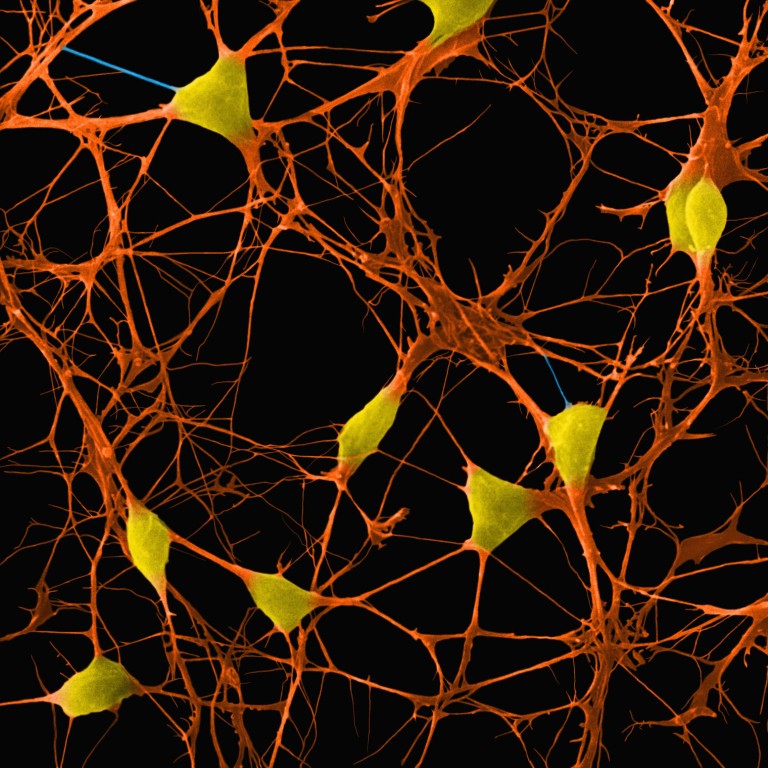
United States scientists manage to turn behaviour on and off in laboratory mice
They manage to turn behaviour on and off in a bid to find therapies for neurological disorders
The mouse walked, the mouse stopped; the mouse ignored a bowl of food, then scampered back and gobbled it up, and it was all controlled by neuroscientists, researchers have reported.
The study, describing a way to manipulate a lab animal's brain circuitry accurately enough to turn behaviour both on and off, is the first to be published under President Barack Obama's 2013 BRAIN Initiative, which aims to advance neuroscience and develop therapies for brain disorders.
The point of the remotecontrol mouse is not to create an army of robo-rodents. Instead, neuroscientists hope to perfect a technique for identifying brain wiring underlying any behaviour, and control that behaviour by activating and deactivating neurons.
If scientists are able do that for the circuitry involved in psychiatric or neurological disorders, it may lead to therapies. That approach reflects a shift away from linking such illnesses to "chemical imbalances" in the brain, instead tracing them to miswiring and misfiring in neuronal circuits.
"This tool sharpens the cutting edge of research aimed at improving our understanding of brain circuit disorders, such as schizophrenia and addictive behaviours," said Dr Francis Collins, director of the National Institutes of Health, which funded the US$1 million study.
The technique used to control neurons is called DREADDs (designer receptors exclusively activated by designer drugs).
Brain neurons are genetically engineered to produce a custom-made "designer" receptor. When the receptor gathers in a man-made molecule that fits like a key in a lock, the neuron is activated.
Because the receptor does not respond to other molecules, including natural ones in the brain, the only way to activate the neurons is via the man-made one. DREADDs allow scientists to manipulate neurons without implanting anything in the brain.
DREADDs, invented about a decade ago, had been used to turn neurons on or off, but not both. DREADDs 2.0 are the first to do that, scientists led by Bryan Roth of the University of North Carolina reported in .
Targeting hunger-promoting neurons, the scientists made mice ignore food bowls or dive into them. Targeting movement neurons, they made mice scamper or stop.

